Claire Foster
Learning Oculomotor Behaviors from Scanpath
Aug 11, 2021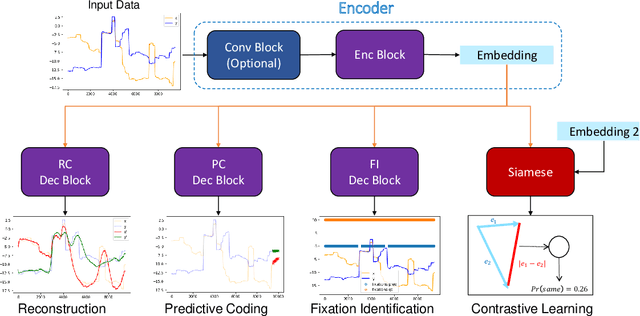

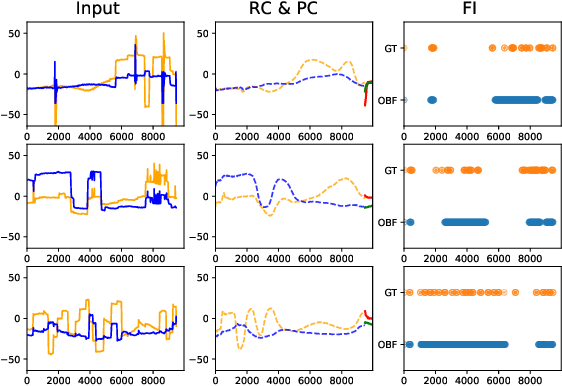
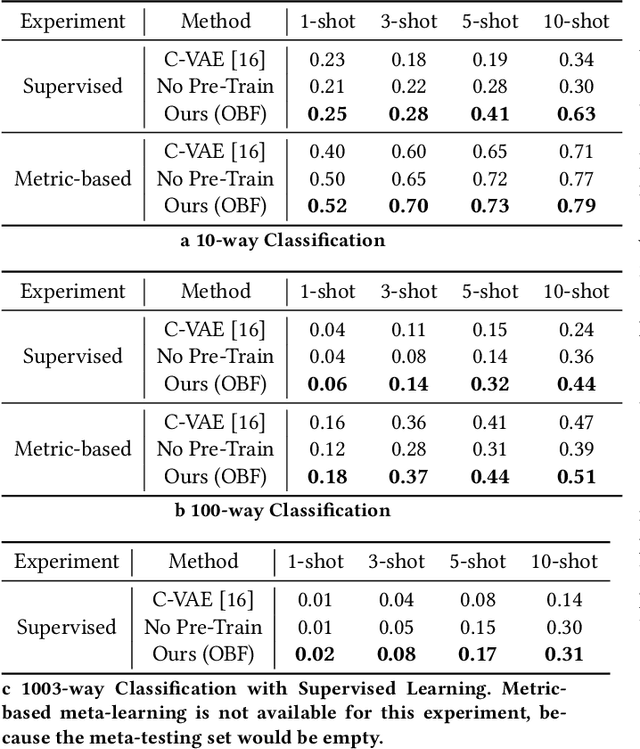
Abstract:Identifying oculomotor behaviors relevant for eye-tracking applications is a critical but often challenging task. Aiming to automatically learn and extract knowledge from existing eye-tracking data, we develop a novel method that creates rich representations of oculomotor scanpaths to facilitate the learning of downstream tasks. The proposed stimulus-agnostic Oculomotor Behavior Framework (OBF) model learns human oculomotor behaviors from unsupervised and semi-supervised tasks, including reconstruction, predictive coding, fixation identification, and contrastive learning tasks. The resultant pre-trained OBF model can be used in a variety of applications. Our pre-trained model outperforms baseline approaches and traditional scanpath methods in autism spectrum disorder and viewed-stimulus classification tasks. Ablation experiments further show our proposed method could achieve even better results with larger model sizes and more diverse eye-tracking training datasets, supporting the model's potential for future eye-tracking applications. Open source code: http://github.com/BeibinLi/OBF.
A Facial Affect Analysis System for Autism Spectrum Disorder
Apr 07, 2019
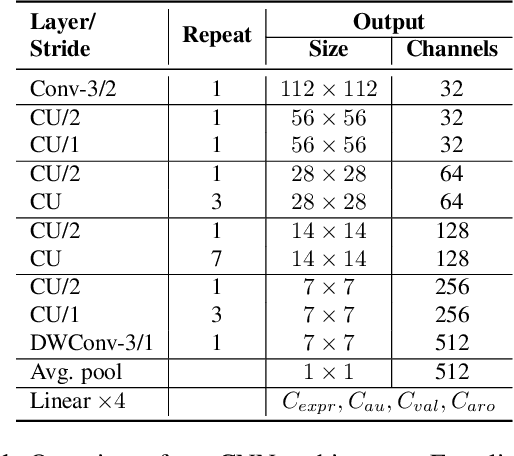
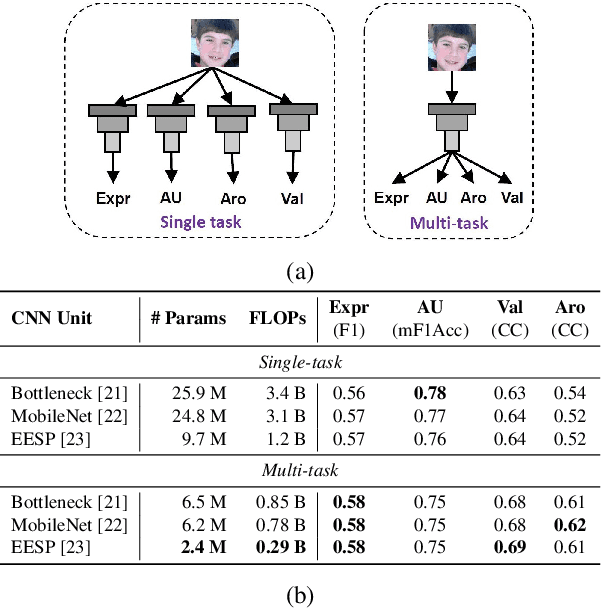
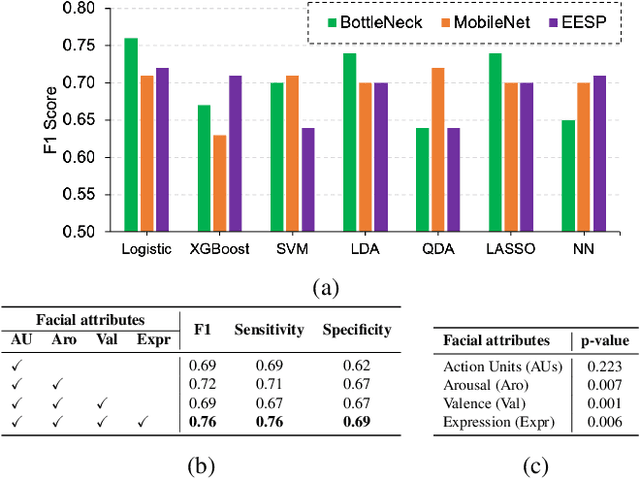
Abstract:In this paper, we introduce an end-to-end machine learning-based system for classifying autism spectrum disorder (ASD) using facial attributes such as expressions, action units, arousal, and valence. Our system classifies ASD using representations of different facial attributes from convolutional neural networks, which are trained on images in the wild. Our experimental results show that different facial attributes used in our system are statistically significant and improve sensitivity, specificity, and F1 score of ASD classification by a large margin. In particular, the addition of different facial attributes improves the performance of ASD classification by about 7% which achieves a F1 score of 76%.
 Add to Chrome
Add to Chrome Add to Firefox
Add to Firefox Add to Edge
Add to Edge